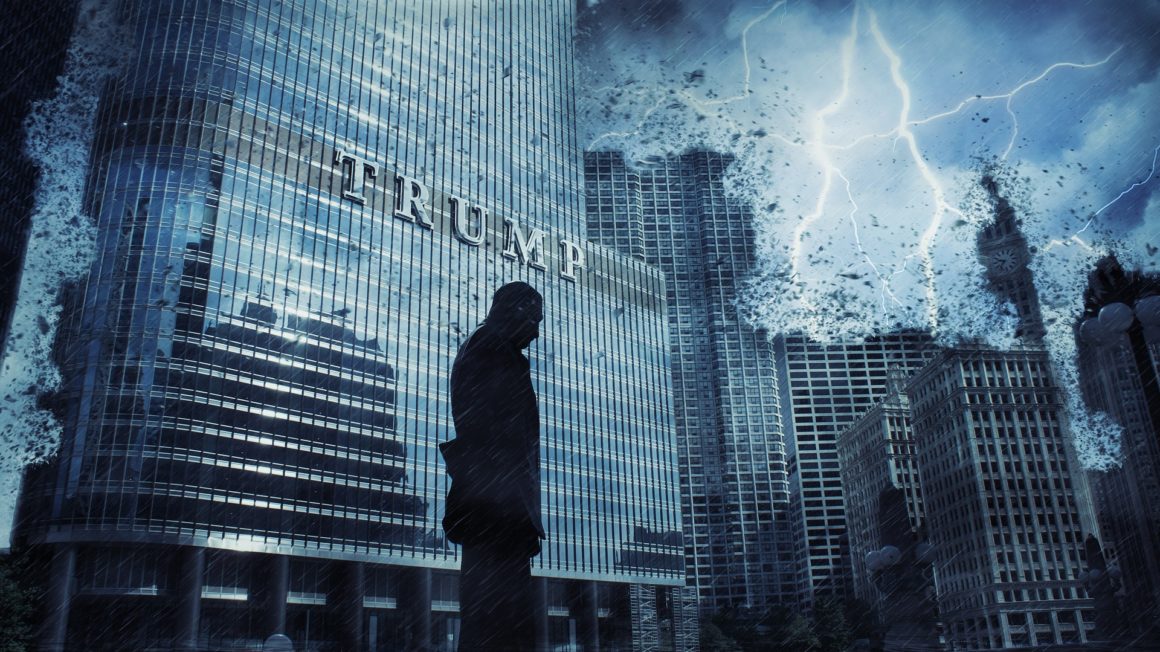Why have the US (and other) stock markets gone up since the election against all odds? Markets can be very fickle. The rise since the US election day has taken nearly all pundits by surprise.
In the cold light of day investors woke up and first of all thought that Mr Trump couldn’t possibly enact all of the ideas that he had talked about in his campaign. The ideas most seized on by stock markets are a lowering of personal income and corporate taxes, a large increase in infrastructure and defence spending and much looser regulation in oil, gas and coal industries, and banking. This will all lead to a widening government deficit, which Mr Trump, despite supposedly being a Republican, seems to be not too worried about and which in turn will lead to higher inflation and ultimately higher interest rates. Because of this the US Treasury bond market has taken flight and in November and December had its worst time for many a year, to the benefit of equities.
In his 1942 book, ‘Capitalism, Socialism and Democracy’, written whilst at Harvard, the Austrian economist, Joseph Schumpeter coined the phrase “Creative Destruction”, which he thought was an intricate part of capitalism and described it as the process of industrial mutation, where industries grow, mature and then die and are replaced with new more efficient ones. The US Rust Belt, which lost much of its heavy industry, “died” in the 1980’s and manufacturing jobs went to places such as Mexico and China but more jobs were lost to automation. The Sunshine Belt prospered immensely and Silicon Valley in California has obviously gone from strength to strength and is now home to four out of the top five US companies by market cap. Similarly, the coal industry dramatically reduced, to be replaced by shale oil in this last decade. However, this time there was no big migration of workers unlike in the 1930’s. The problem is not that there is high unemployment in these areas in the Mid West, as unemployment in the US is near an all time low; the problem is that the share of the pie of US income has been distributed away from these types of workers. Since 1990 in the US, the top 20% of real (post inflation) income earners has risen by 30%. The bottom 40% has risen by 3% (or virtually stood still), in the same 26 years. This is the source of the malcontent.
If Mr Trump nevertheless decides to go ahead, there are some losers in the rest of the world, including nations that trade heavily with the US. Some of these are emerging markets especially China and in particular they are the ones that will not benefit from the by-product of the proposed infrastructure spending, namely increased commodity prices. We have seen falls in some emerging countries currencies and some of the stock markets, counterbalanced by rises in the stock markets of emerging countries which produce a lot of minerals, such as iron ore, coal and copper, whose prices have gone through the roof over the last two months. Going down the tariff route is dangerous and the raising of tariffs by the Republican president, Herbert Hoover and his government around 1930 led to the Great Depression, and we really do not want to go remotely anywhere near that again.

